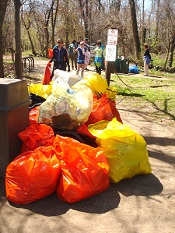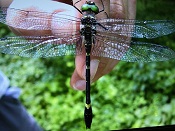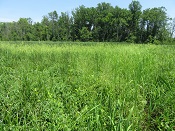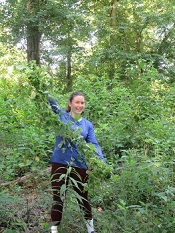Friends of Dyke Marsh volunteers typically collect 30 bags of trash along the Potomac River shoreline during two-hour cleanups. On September 26, 2020, 17 volunteers filled 42 bags.
One consequence of the coronavirus pandemic in 2020 has been a substantial increase the amount of trash on our streets, parking lots and land, much of which ultimately ends up in our waterways. Observers often find wipes, masks and rubber gloves littered across the landscape. With more people ordering takeout food, there appears to be an increase in food packaging materials as well.







